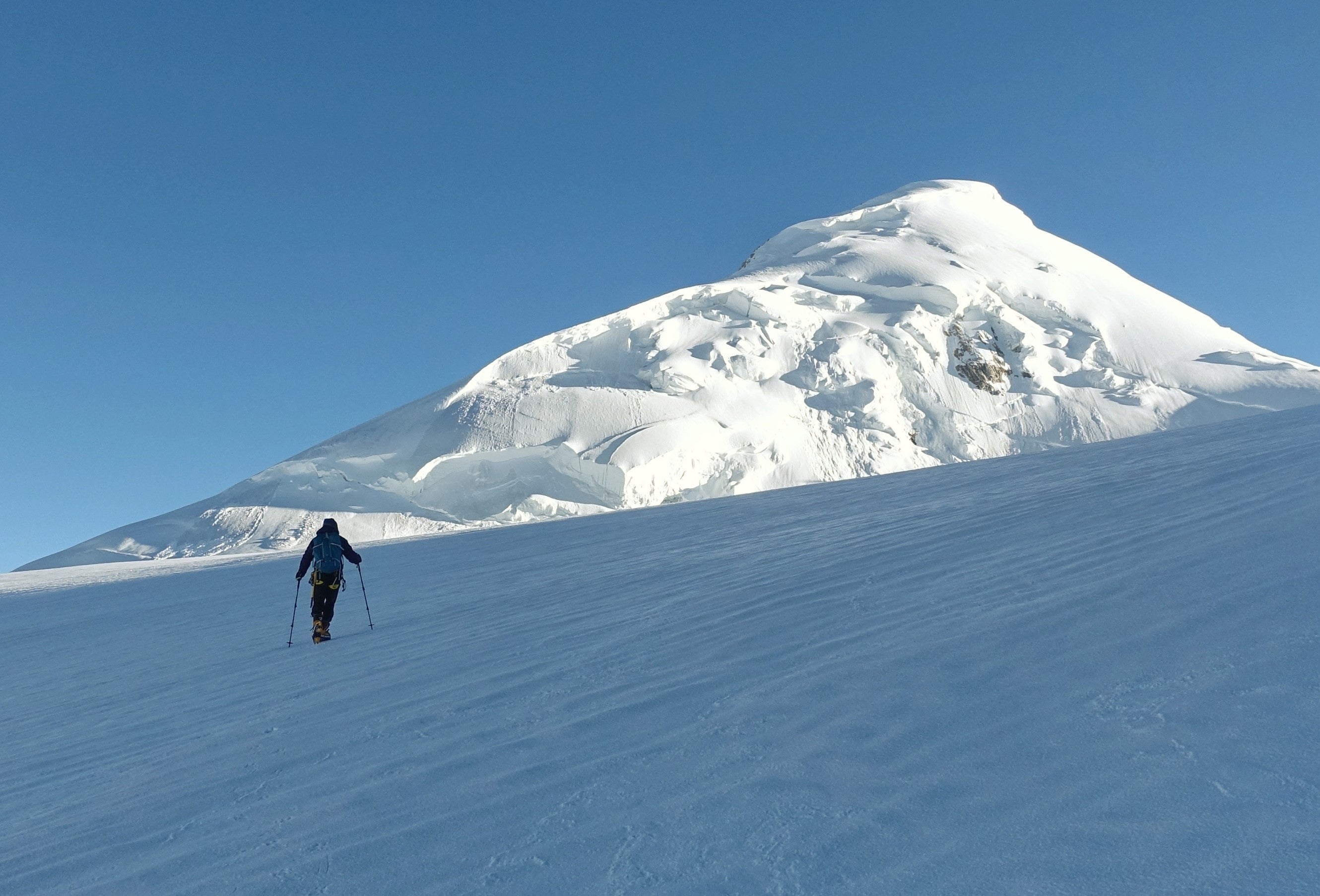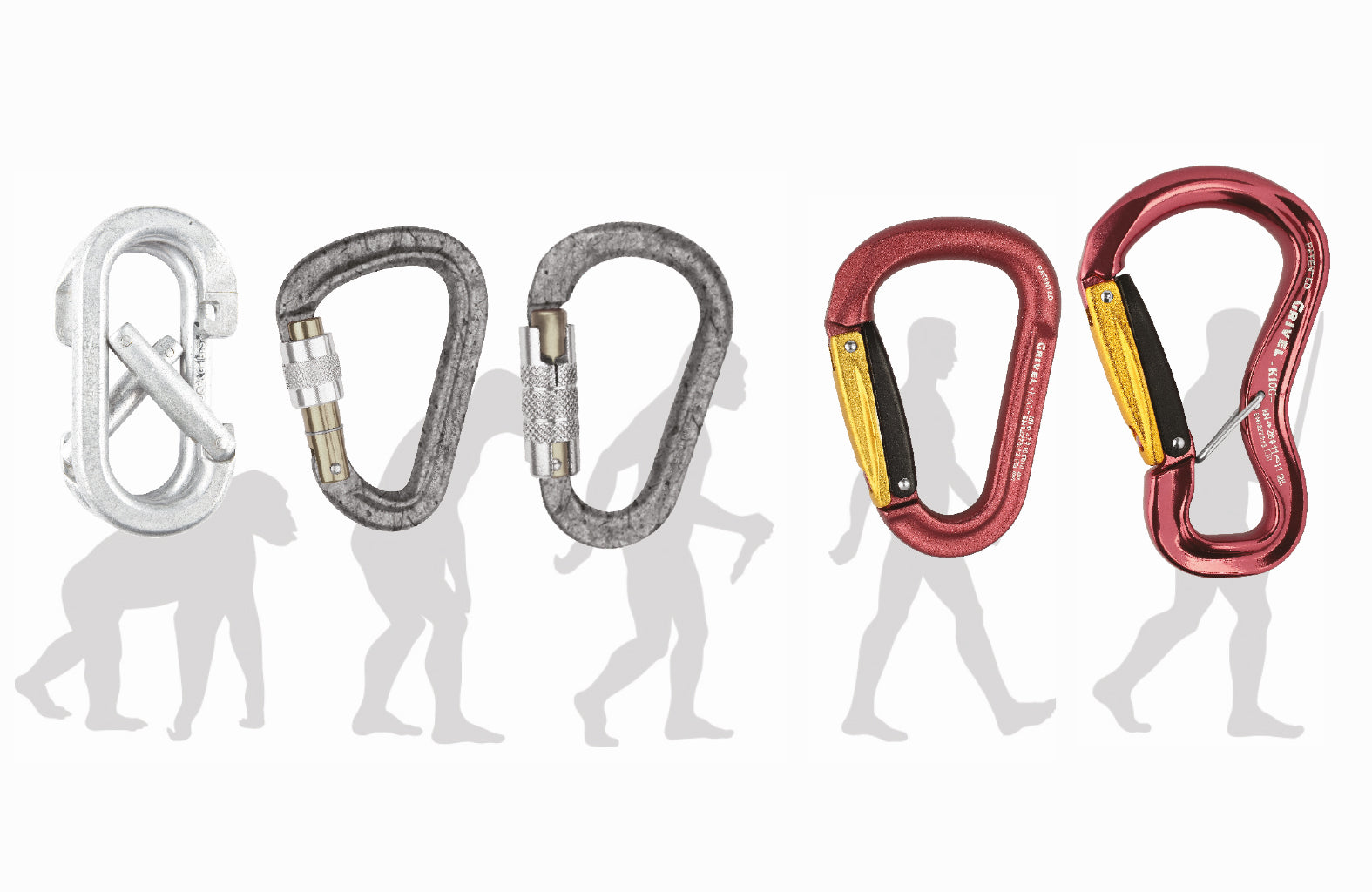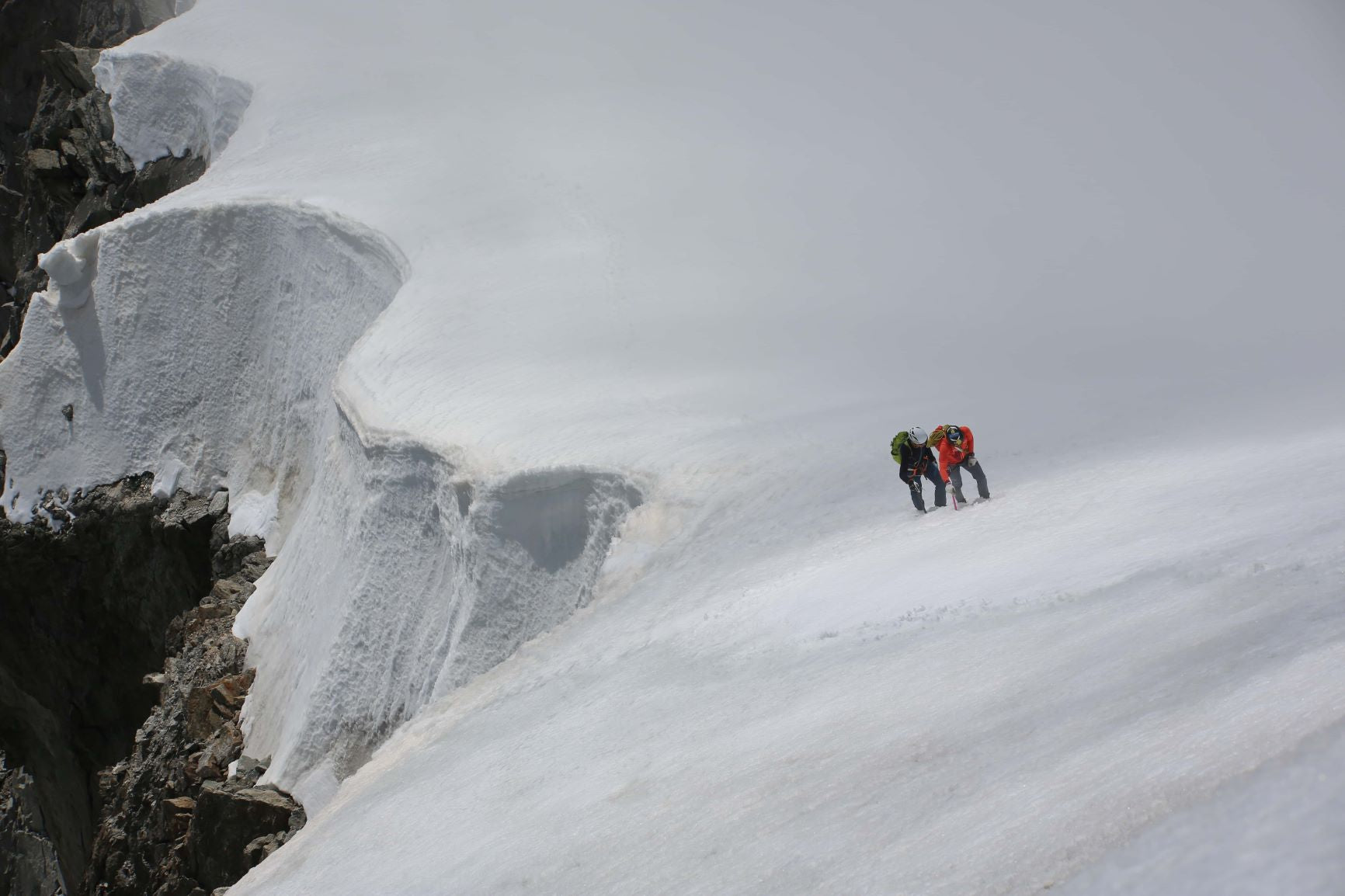
Spantik by Giampaolo Corona
Published on 01/10/2019
Childhood
My passion for the mountains has deep roots and there is no real reason why I like them. Probably because they give me peace and tranquility. From an early age, when I went on my first excursions to the Pale di San Martino (Dolomites, Italy); in secret, because my parents didn’t want me to.
Following my brother’s footsteps, I started climbing and I liked it. It gave me a sense of freedom, of peace.
Passion and profession
The activity on Mont Blanc during 5 years in Courmayeur, the courses to become mountain guide and mountain rescuer, and the helicopter rescue activity.
The spark
In 2001 the first trip out of Europe, the first time above the 4810 m of the Mont Blanc, the first 8000 on the top alone and without oxygen (never used, not even after): love at first sight.
That was how I entered the “tunnel of high altitude dependence”.
Today I have to my credit 14 mountaineering expeditions (which I love to define as trips) between Nepal, Pakistan and India. 9 “8000-meter peaks” and other first ascents of untouched mountains, opening of new routes and attempts at opening. They called me “high altitude serial climber”.
Travelling
Over the years I have become aware that I like travelling and living new experiences. More than the experiences of the mountains, for me what matters most are the experiences made with people (climbing partners that are always new, almost all foreigners, most of the times known by chance during my travels). I leave alone most of the times so that I live more intensely and in close contact with locals.
The style
I keep my feet on the ground and I respect my limits so I can feel at ease.
I consider my body as an engine to prepare, the equipment is my hardware, the head is my software. You have the head or not. Without it is better not to leave.
I am looking for simplicity, for the essential. Perfection is achieved when there is nothing left to take away, not when there is nothing left to add. Fast and light climbing seems easy, in reality it is the result of enormous work upstream (both technical and physical as well as psychological preparation). Nothing is invented.

The Spantik
The Spantik or Golden Peak (7,027 m) is a mountain that is part of the Sosbun Mountains, Karakorum Range, Nagar Valley (Pakistan).
It was climbed for the first time by Karl Kramer (Germany). It’s famous for its imposing north-east wall called Golden Pillar. The road I intended to follow is the south-east ridge that develops by 7.6 kilometers with a gradient of 2700 meters of altitude.
I rarely go two times to the same place and I like to leave alone. I had never been to the Shigar Valley before, and I wanted to try to climb fast & light (if the weather and the conditions allowed it). The technical gear that I was supposed to use had to be extremely light and reliable. So I decided to bring Air Tech Evo ice axes and Air Tech crampons by Grivel with me.
So I left. I shared the permit and the logistic services with a group of Catalans. Once there I moved autonomously, free, with my light gear.
I followed a very compressed active acclimatization program with no recovery days. The program included aerobic efforts at high altitudes and recovery at lower altitudes, limiting high-altitude nights to a minimum.

The ascent route to the Spantik is long and complex (ridge, mixed areas, steeps slopes of snow and ice, very long “plateau”). A route that winds up for 8 kilometers, 2500 meters of ascent. After only 8 days from arrival at the Base Camp I felt ready. I would have used only one support point at an altitude of 5500 m where I had left my tent and the bare essentials for a bivouac, skipping the classic camp 1 and 3. I had imposed myself once I reached the top to go straight down to the Base Camp.
I would have even agreed to try climbing completely alone.
By chance I met there a young and strong Scottish mountaineer Graham Wyllie, who agreed with me on lightness and simplicity so I said to myself why not try together?

Graham and I decided to go up, taking advantage of a stable two-day weather window. We went to our tents at 5,500 meters and waited for the cold of the night to compact the snow.
Beyond that altitude there was still nobody: tents, fixed ropes, traces… nothing. Better like that. For us the high part of the ridge was completely unknown, but we were calm. We left at 2 am, we took with us the essential, to be as light as possible. Development and altitude of the route, missing the camps 1 and 3, are remarkable, and we will probably have to break the trail. At 11 we were at the top. Alone. But it was not over.

In fact we had set ourselves the goal of going down to the BC bringing down all our gear, and so we did, in the melted snow, ending up several times in some hole in the glacier. We arrived with the headlamps at the BC, tired and happy.
Also this time I met and shared the climb with a person I met by chance, and a new friendship was born.

This is the beauty of traveling alone.
Article and pictures by Giampaolo Corona, August 2019.

Giampaolo Corona, born and resident in Trentino (Dolomites, Italy) is a mountain guide, helicopter rescue technician and mountaineer. He completed 13 expeditions outside Europe, climbing 9 8000 m in Nepal, Pakistan and India. Grivel favorite products: Air Tech Evo Ice axes, G12 crampons.


